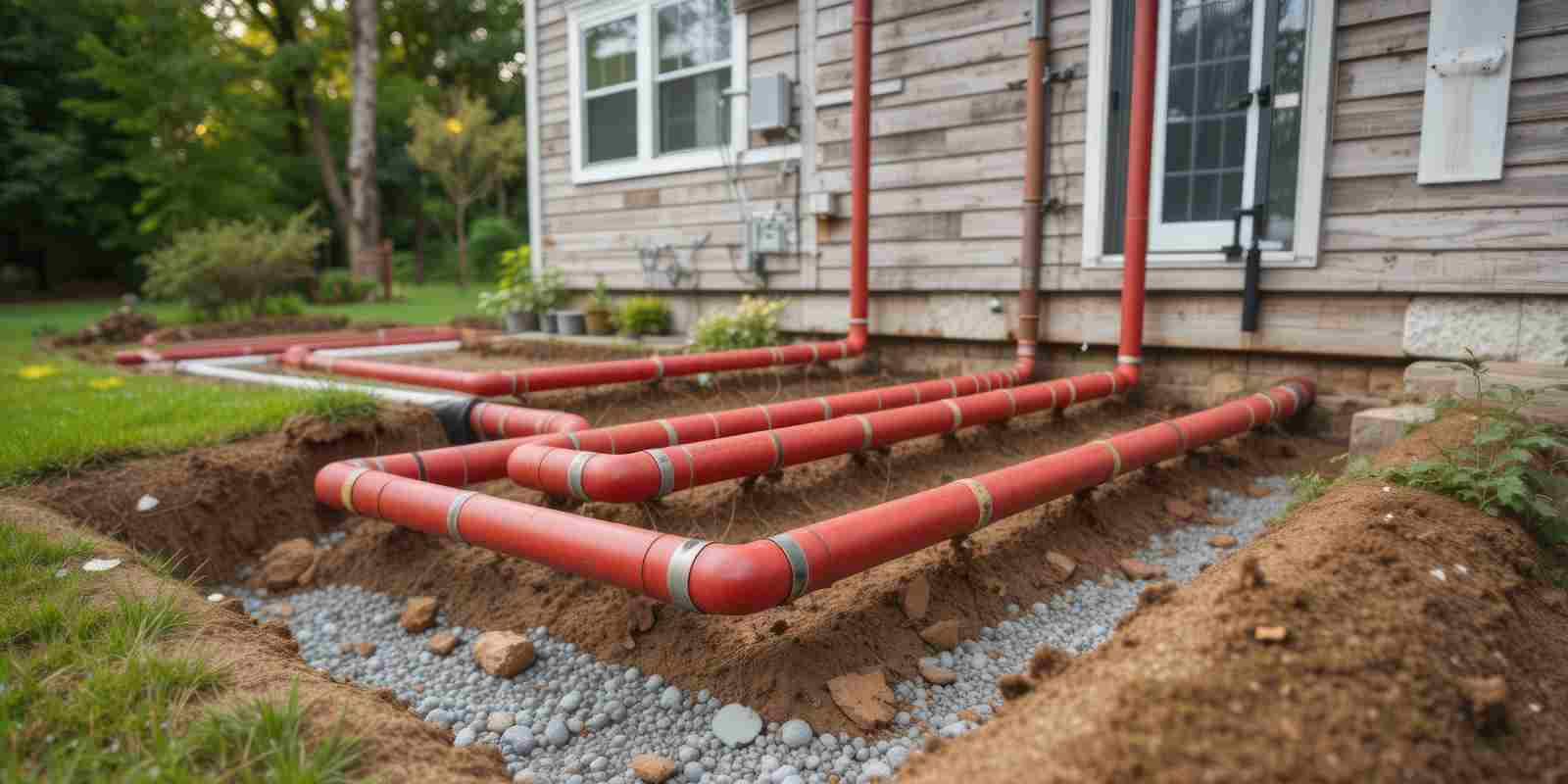
As winter begins to thaw and the sun begins to shine, it’s the perfect time to start planning your spring garden. With a little bit of foresight and planning, you can ensure that your garden will be beautiful and thriving this spring. Here are some tips to help you plan your spring garden:
Start With a Clean Slate
The first step to planning your spring garden is to assess your existing garden space. This means removing any debris, dead plants, and weeds from the previous growing season. You may also want to consider adding fresh compost or topsoil to your garden beds to help nourish your plants come spring.
Consider Your Soil and Climate
The east coast is known for its varied soil types and climates. In order to plan a successful garden, it’s important to understand the characteristics of the soil and the climate in your area. Take a soil sample and have it tested to determine its pH level and nutrient content. This will help you choose the best plants for your garden and ensure that they have the proper nutrients to thrive. You can also consult a local garden center for advice on the best plants for your specific area.
Choose the Right Plants
Once you’ve assessed your soil and climate, it’s time to choose the right plants for your garden. Consider the amount of sunlight your garden receives and the average temperature during the spring and summer months. Some popular springtime plants on the east coast include tulips, daffodils, hyacinths, and crocuses. You may also want to consider planting vegetables such as lettuce, spinach, and peas.
Plan Your Garden Layout
Once you’ve chosen your plants, it’s time to plan the layout of your garden. Consider the height and spacing of each plant to ensure that they have enough room to grow and thrive. You may also want to consider incorporating paths or walkways into your garden to make it easier to navigate and maintain.
Prepare for Pests and Diseases
Unfortunately, pests and diseases can be a common problem in springtime gardens. To prevent these issues, it’s important to take proactive measures such as using natural pest control methods, planting disease-resistant varieties, and practicing good garden hygiene.
Planning your spring garden requires a bit of research, planning, and preparation. By assessing your soil and climate, choosing the right plants, planning your garden layout, and preparing for pests and diseases, you can be sure that your garden will be a beautiful and thriving space come springtime. Happy gardening!



